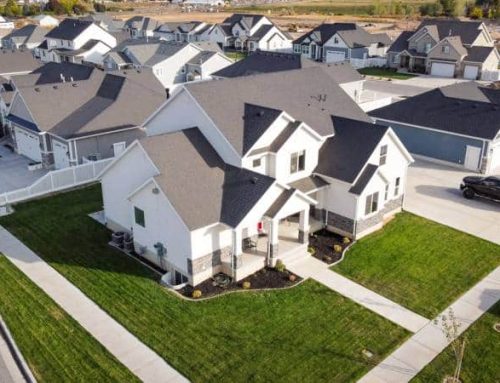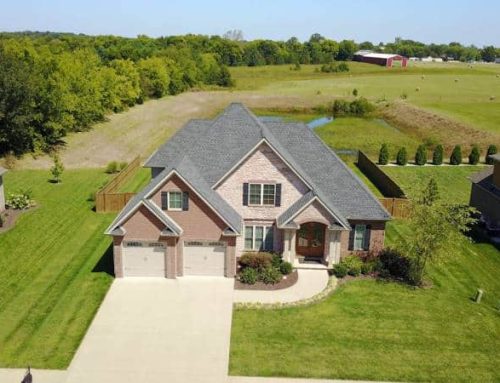Roof ventilation is a topic that often goes overlooked when it comes to home maintenance. Many homeowners are unaware of its significance and how it can impact their home’s overall health. However, proper roof ventilation is essential for maintaining a comfortable and energy-efficient living environment.
In this article, we will explore the necessity of roof ventilation and delve into how it works. By the end, you’ll have a clear understanding of why roof ventilation is important and how it can benefit your home in various ways. Whether you are a homeowner looking to improve your home’s ventilation system or a curious individual seeking knowledge, this article is for you.
What is Roof or Attic Ventilation?
Roof or attic ventilation is a system of vents that bring air into and out of the space between the structure’s ceiling and the roof. These vents work to keep temperatures in the attic consistent while also preventing moisture from settling inside. Without proper ventilation, warm air can become trapped in your home’s attic, which can lead to damage to the roof, along with other structural issues.
Why is Roof Ventilation Necessary?
Roof ventilation is essential for keeping your home comfortable and energy-efficient. Without adequate ventilation, warm air builds up in the attic, which can cause heat to transfer into the living space below. This can make interior temperatures uncomfortable and result in higher energy bills. Additionally, the trapped air can cause moisture to accumulate, which can lead to mold growth and other structural issues.
How Does Roof Ventilation Work?
Roof ventilation works by allowing air to flow freely from the attic to the outside of the home. This is done through two types of vents: intake and exhaust. Intake vents are placed along the lower part of the roof, near the eaves, while exhaust vents are placed at the upper portion of the roof, near the ridge. The air that enters through intake vents is pushed out of exhaust vents by natural convection, which helps to reduce moisture buildup and regulate temperatures in both the attic and living space.
What Happens if Your Attic Isn’t Vented?
If your attic isn’t properly vented, the consequences can be significant. Without proper ventilation, heat and moisture will build up in the attic, which can cause damage to both the roof and structural components of your home. Furthermore, trapped air can make temperatures in the living space uncomfortable, leading to higher energy bills and an overall decrease in your home’s energy efficiency.
How Roof Vents Help Regulate the Temperature of Your Home
Roof vents play an important role in helping to regulate the temperature of your home. By allowing air to flow freely from the attic space to the outside, roof vents help prevent warm air from building up and transferring into the living space below. This helps to keep temperatures consistent while also preventing moisture buildup within the attic, which can lead to mold growth and other structural issues. Additionally, proper ventilation can reduce energy costs by ensuring that your home’s air conditioning system isn’t overworked.
Need a Roof Inspection?
When you partner with Tristate Roofing & Remodeling, we will walk you through the process of keeping your roof in its best shape. Contact us today to get started!






